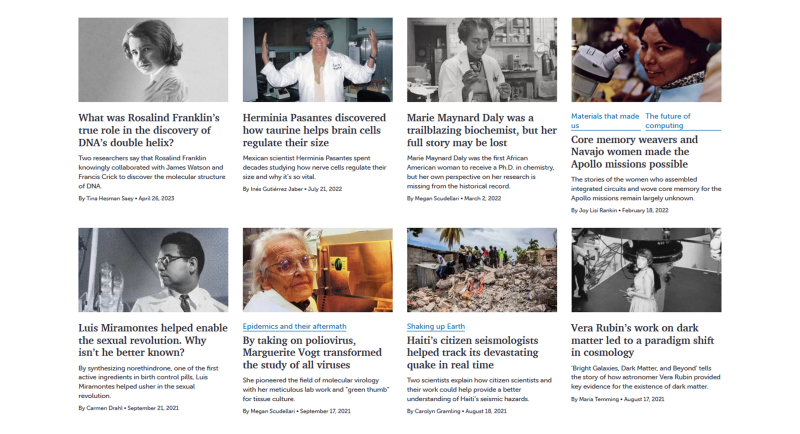
Directions: Students will begin this activity by browsing through the stories and milestones in the Science News archive “Unsung Characters” and selecting a lesser-known scientist.

Directions: Students will begin this activity by browsing through the stories and milestones in the Science News archive “Unsung Characters” and selecting a lesser-known scientist.